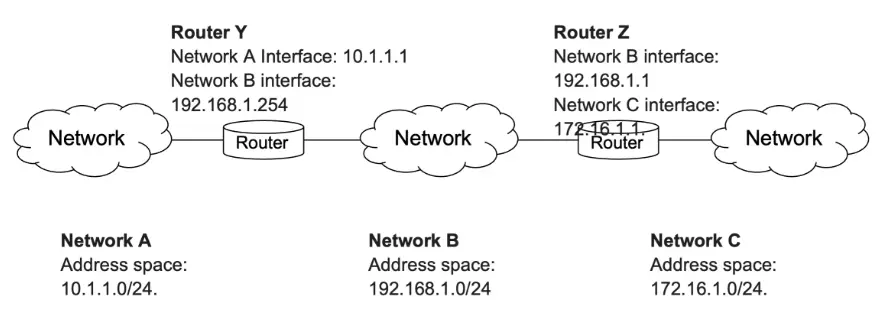35. If the checksum doesn't compute for a packet sent at the Internet Protocol (IP) level, what will happen to the data?
- The data will be discarded
- The data will be sent back to the sending node with an error.
- The data will be resent
- It will be sent, but may be out of order.
36. Which Transmission Control Protocol (TCP) flag is used to make sure the receiving end knows to examine the sequence number field?
- FIN
- RST
- SYN
- PSH
37. Application layer data lives in the _____ section of the transport layer protocol.
- payload
- footer
- header
- flags
38. A connection has been terminated and no communication is possible. What is the Transmission Control Protocol (TCP) socket state?
- FINISHED
- CLOSE_WAIT
- FIN_WAIT
- CLOSED
39. Connection-oriented protocols protect against dropped data by forming connections and using a constant stream of what?
- Acknowledgements
- Approvals
- Recognition
- Verifiers
40. The sequence of SYN, SYN/ACK, and ACK packets is known as the _________.
- high five
- two-way handshake
- three-way handshake
- four-way handshake
The Five-Layer Network Model
Use the following scenario to answer the 10 questions below:
You have 3 networks (A, B, and C) and 2 routers (Y and Z).
Network A has an address space of 10.1.1.0/24 and is connected to router Y, using the interface 10.1.1.1.
Network B has an address space of 192.168.1.0/24 and is connected to Router Y, using the interface 192.168.1.254. Network B is also connected with router Z, using the interface of 192.168.1.1.
Network C has an address space of 172.16.1.0/24 and is connected to router Z, using the interface 172.16.1.1. The diagram below represents these connections and interfaces.

42. Computer 1 on network B, with IP address of 192.168.1.233, wants to send a packet to Computer 2, with IP address of 10.1.1.205. On which network is computer 2?
- Not present
- Network C
- Network A
- Network B
43. For what purpose would computer 1 send a FF:FF:FF:FF:FF broadcast ARP message to all nodes on network A?
- To obtain Router Y’s MAC address
- To verify the internet connection
- To obtain Computer 2 MAC address
- To calculate the TTL

